ON MOUNTAIN HUT
An Ode to On’s Beginnings, A Sustainable Mountain Hut Found in the Swiss Alps 2,500 Metres Up

Found on the remote and picturesque Piz Lunghin mountain in the Swiss Alps, the On Mountain Hut is a feat of design and engineering by On’s Head of Design Thilo Alex Brunner. Found 2,500 metres up, the sustainable mountain hut is an ode to On’s beginnings, philosophy and commitment to good design, also marking the launch of On’s first hiking shoe.
Only accessible by foot, a two-hour hike to the On Mountain Hut showcases the unrelenting beauty of the Swiss Alps, with fauna and flora varying in species and abundance as the altitude rises. The untouched landscape is kept this way, with On’s sustainable mountain hut creating zero impact on the environment, through practical and conscious design choices.
Piz Lunghin itself is a key point in the Alps, where the only triple watershed on the continent passes and where three river systems collide. Running through this exact point is water destined for the Danube, Po and Rhine rivers. The location is not only a pivotal point in the mountainous region, but where the On brand was indeed conceived. Birthed from a conversation between three friends whilst hiking their favourite trail in the Swiss Alps, it was this exact location where On began in 2010.
Founded by sportsman Olivier Bernhard and two friends, Caspar Coppetti and David Allemann, On’s aim is to revolutionise the sensation of running, all the whilst making it fun. With this philosophy, the Swiss brand is expanding rapidly, currently operating internationally with 9 offices worldwide. With a product range stemming from performance footwear to technical apparel, On has filled a niche for runners worldwide with their CloudTec innovation. Created and owned entirely by the brand, the CloudTec innovation is an entirely new concept for footwear, allowing varying performance-driven soles (cushioned landing and a firm take-off) for runners to feel like they’re ‘running on clouds’.
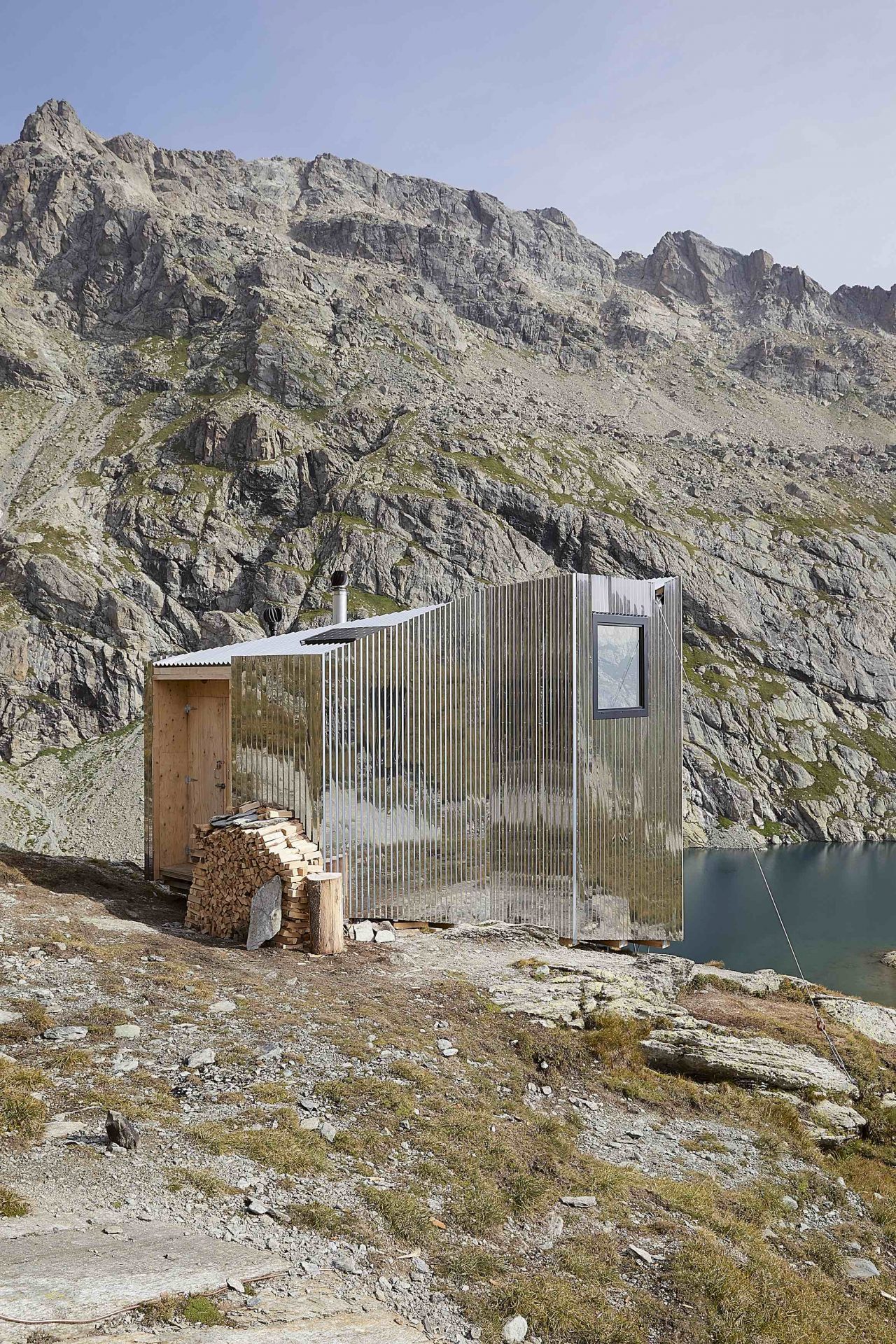
Heading back to the source of their roots, On’s Head of Design – Thilo Alex Brunner – was tasked to build a sustainable mountain hut on Piz Lunghin in the Engadin Valley. The hut’s design itself is a impressive feat by Brunner, dispersing his talent from the brand’s shoe and apparel design to architectural project concept and execution. Building a modular structure which is easy to set up and disassemble, the On Mountain Hut’s design ensures it has nothing redundant in it and creates almost no impact on the environment. Built for two, an iron fireplace warms the hut through only a few pieces of wood, with its flat top doubling as a stove to boil water to cook pasta or make coffee. Solar panels create clean energy for the hut with On’s team conveniently equipping the hut with phone accessories to charge devices after a day of documenting the ever-changing landscape. Water is collected straight from the source a few metres away from the hut, with the stream one of the purest sources of water available. Brunner describes an experience in the hut as “a little materialised help to find inner peace”.
The consciously-designed hut did not come with its own set of challenges however, with the On team embarking on an extended journey through negotiations and paperwork for the hut’s idyllic location. A helicopter was required for initial delivery of the aluminium-clad structure, and extra measures were taken to ensure the hut was securely fixated into the mountain stone to protected it from forceful winds. Copper leads were carefully roped around the build protecting it from lightning.
Only available to visit in the Summer due to these reasons, the hut disappears after September and the mountain is restored back to its original form.

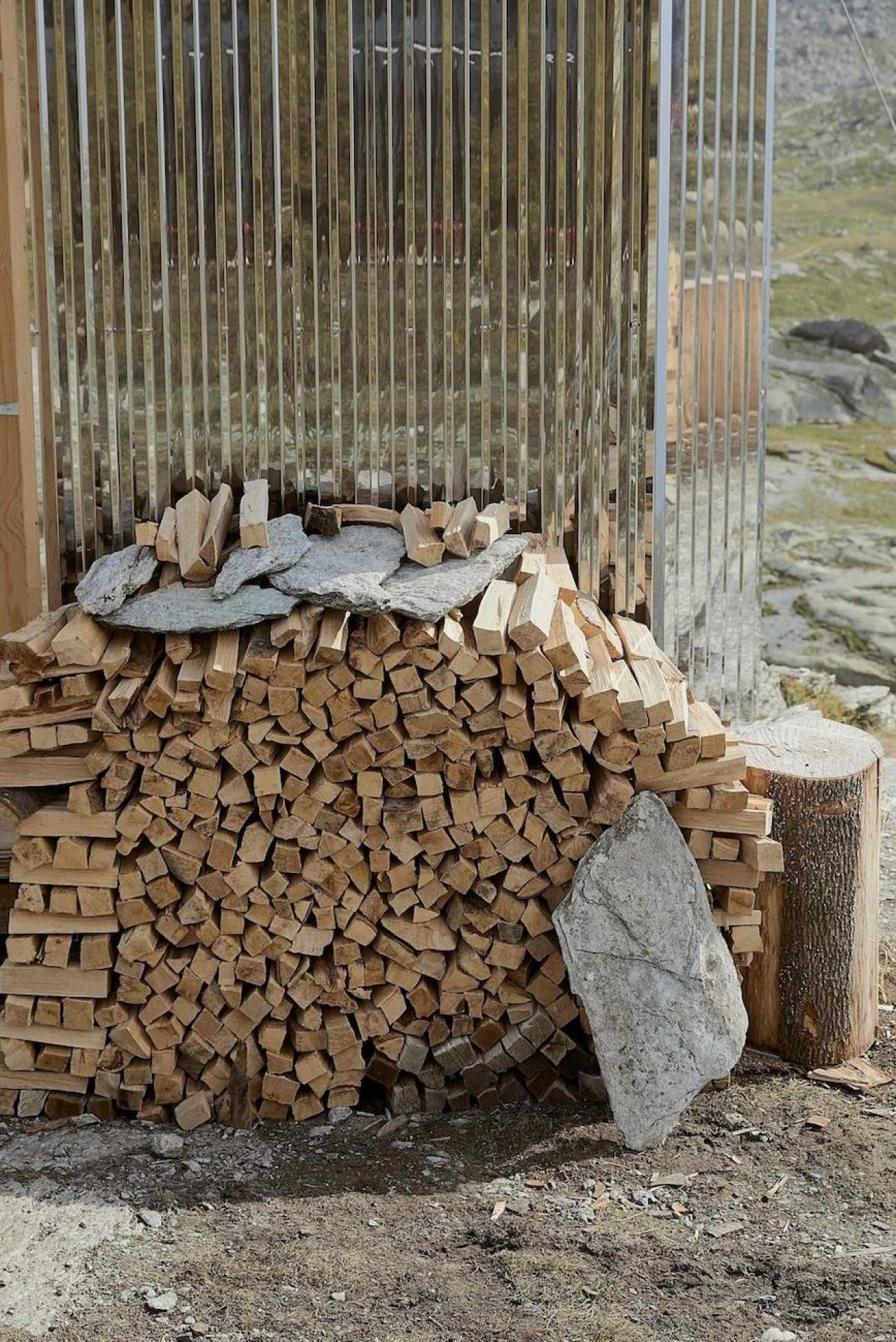
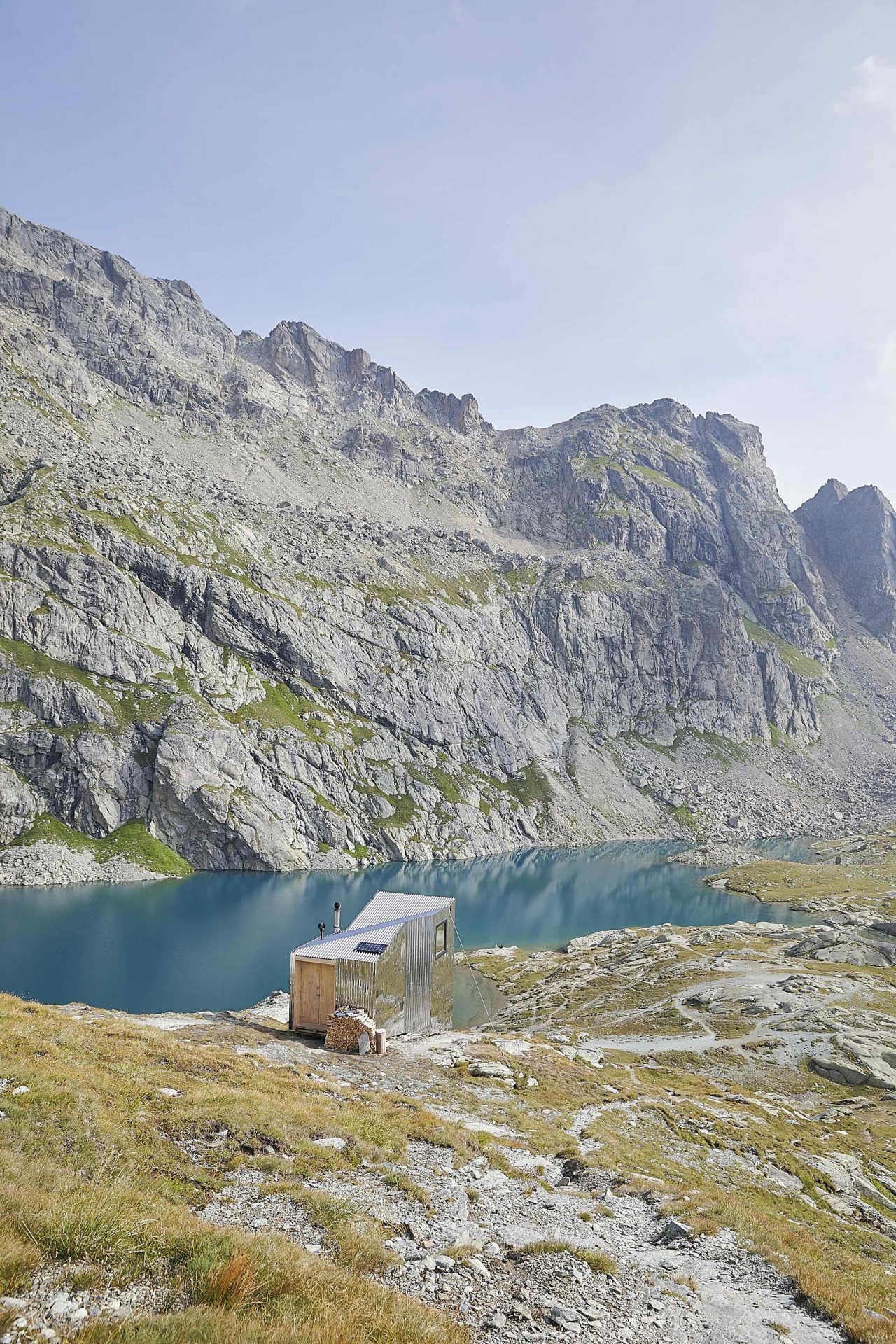
Brunner, who has been with the company also from its very beginnings, is an established product designer who aligned with the alternative way of thinking that On’s founders also embraced. A strong advocate of the Swiss design philosophy where functionalism is a non-negotiable priority, Brunner is also the co-founder of his own Zurich-based design studio Brunner Mettler Co (designing for clients such as Swatch, Swigg and Victorinox) and head of the Master Product Design course at renowned Swiss design school ECAL.
Through his vast expertise in design, Brunner was able to execute the minimalist hut thousands of metres up in the Swiss Alps. After an overnight stay in the hut we naturally had more questions for the designer, speaking to him about the concept, process and construction of the On Mountain Hut, in addition to his long-term work at the brand.
CHAMP Magazine: With your philosophy for the hut ‘reduction as the ultimate luxury’, can you tell us some of the key design decisions you made for this project specifically?
Thilo Alex Brunner: We wanted to design a hut which will protect you sufficiently if there’s the need but still makes you feel very much exposed to nature. Our goal was to design a hut which integrates itself in the landscape.


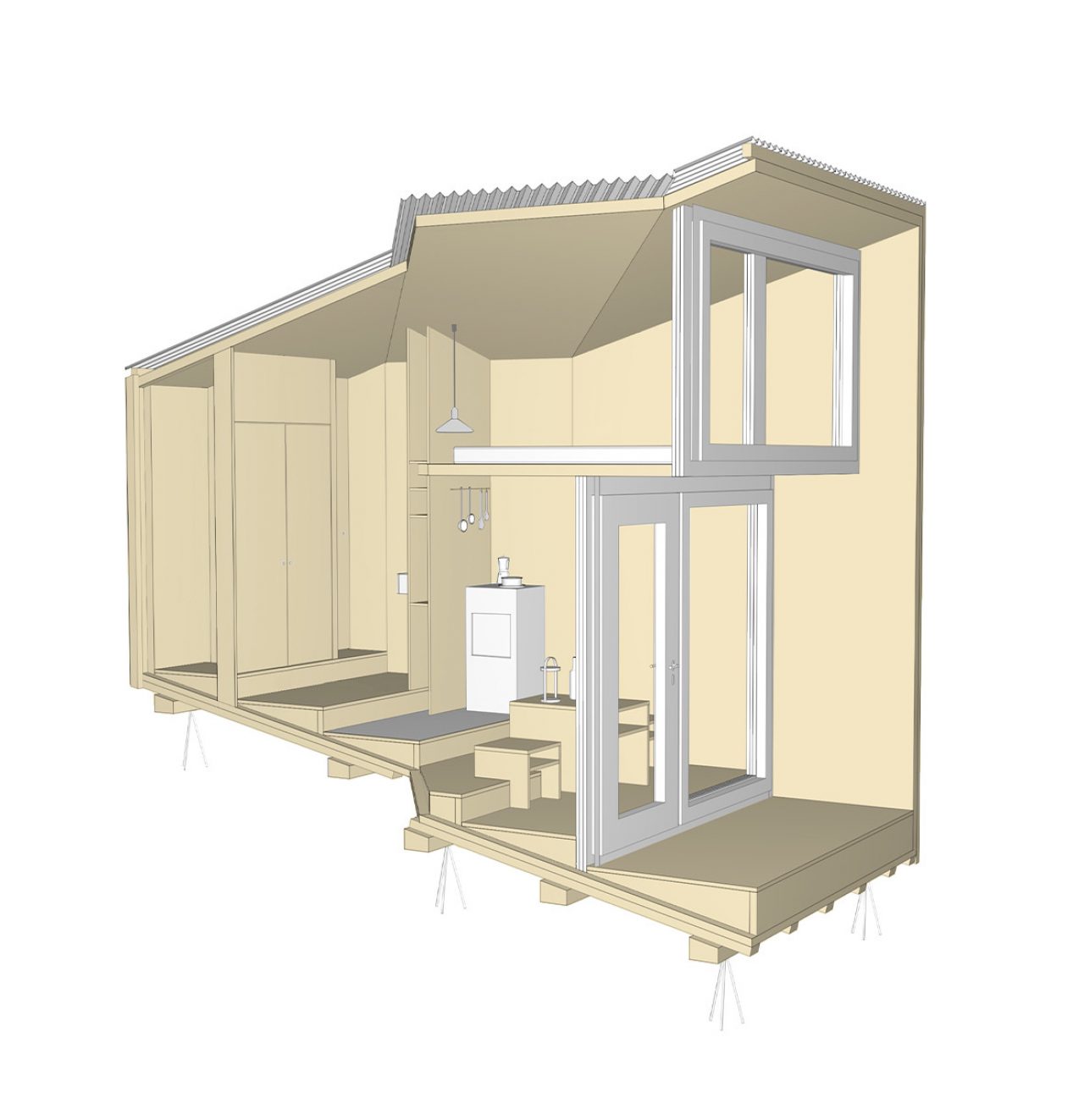
What was your process like for finding the right materials for the project? Were the materials sustainable themselves and acquired sustainably?
The process was actually pretty straightforward because we only wanted to use materials that are either organic or fully recyclable. For the main construction we used Swiss wood, a metal hull for the protecting hull. The hut is built in a way that makes the assembly and the disassembly very easy. We kept the materials pure.
The Piz Lunghin location for the Hut explains the original location where the On co-foundersʼ first discussed beginning the company, what was the criteria for the hutʼs exact location in the region? Was it difficult to find a key location which connected a key view and altitude with stable ground?
We know the region pretty well, but even in the Engadin Valley there are not dozens of spots like this one, it’s really spectacular. We were glad this this spot delivered both spectacular views and the topography which made the set up possible. The spot where the On Mountain hut is standing is a hub of water sources, an idyllically remote location beside an alpine lake and is only reachable on foot. The nights are illuminated solely by the stars and the summit seems almost at arm’s length away in the morning light.

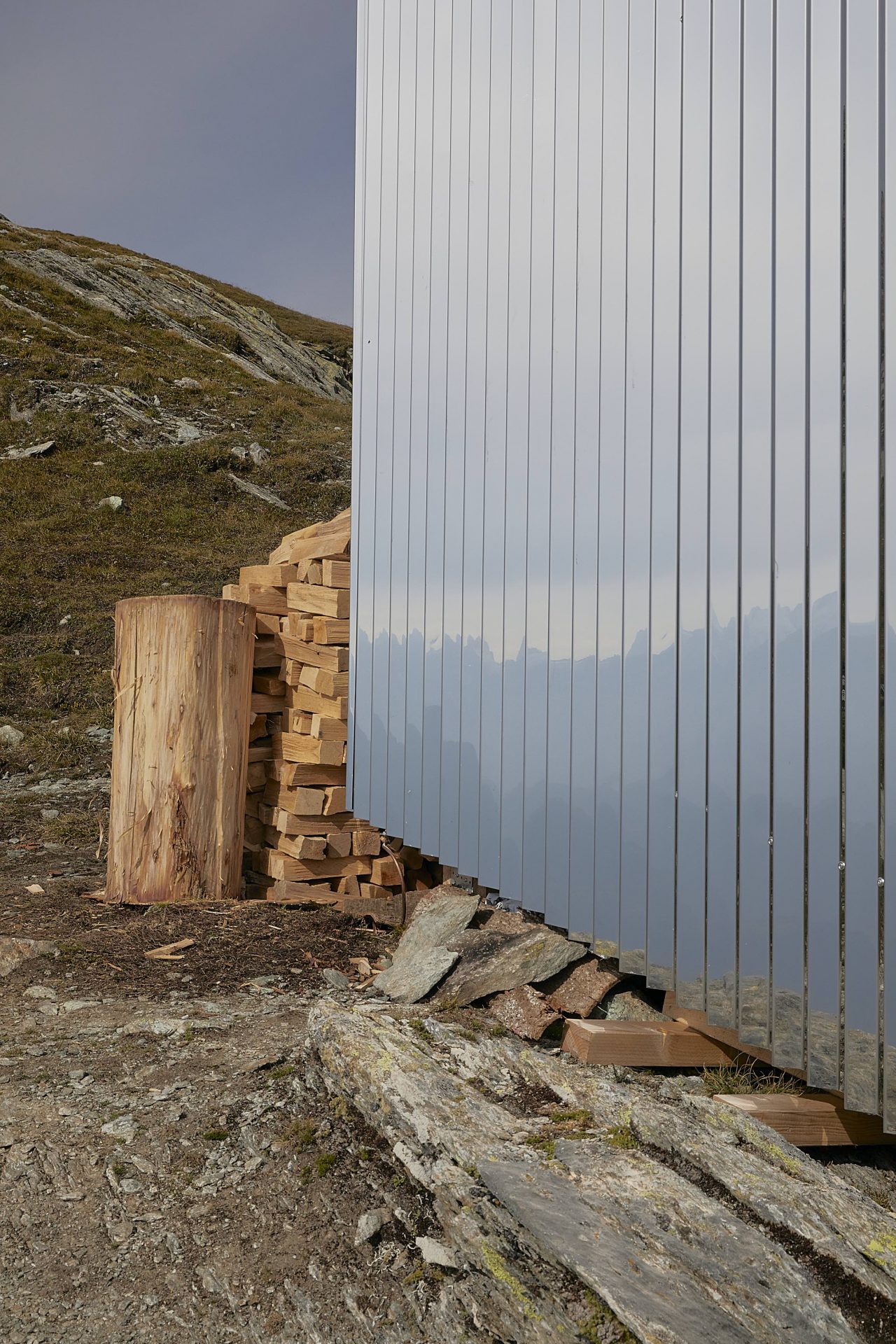
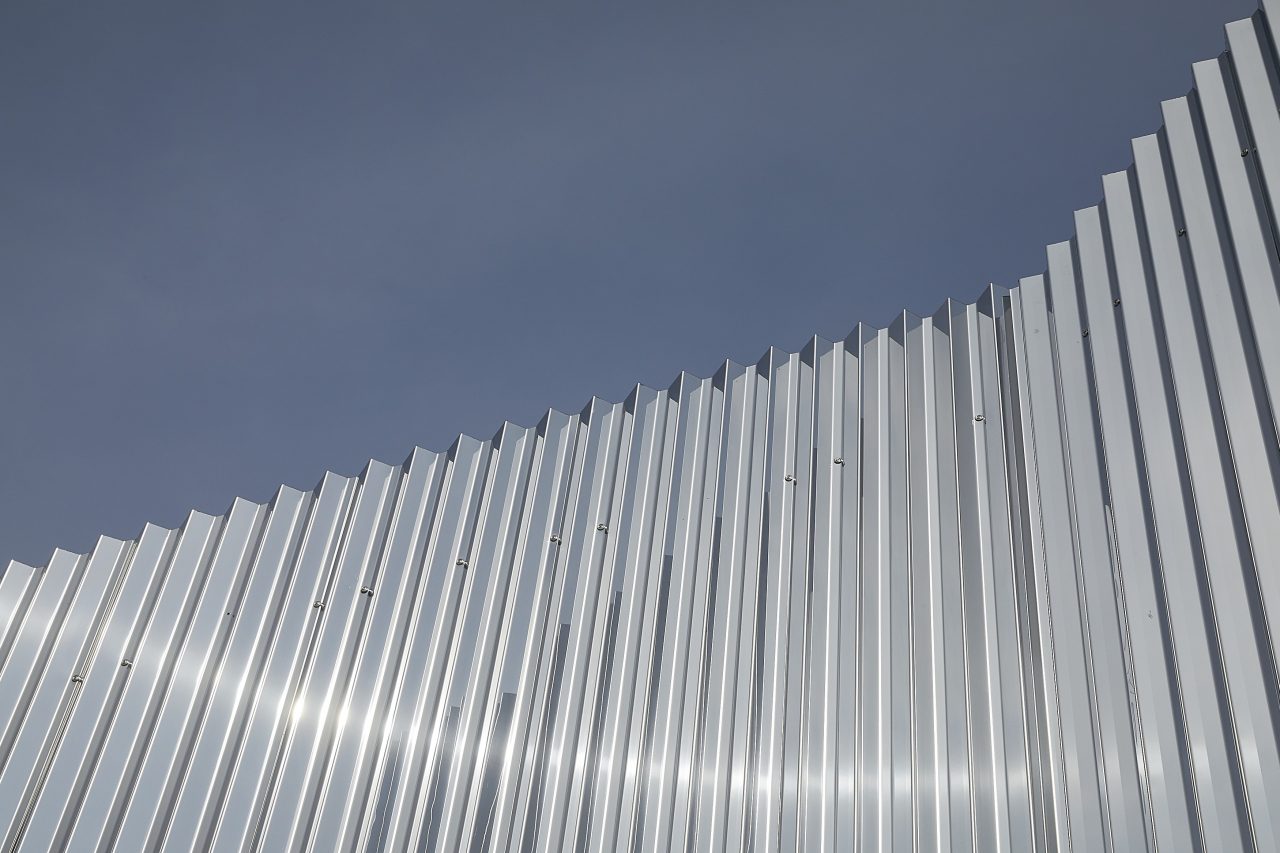
How was the On Mountain Hut built on Piz Lunghin at such a high altitude with no roads for deliveries – did you have materials dropped off by helicopter? Were there any other challenges building the hut on that particular spot on Piz Lunghin?
Yes, we had some helicopter drops and got support from the local helicopter company that flies plenty of materials in the Engadine Valley. We limited flights to a very few since we pre-assembled the parts of the hut in the valley and only had to connect them on the mountain. All the small stuff used in the inside of the hut we feet-carried personally up there. Plus, since the opening of the hut, our brave hut keeper literally walked up there every day to check on the hut and the guests.
With the hut being dismantled in September, are there plans to have the On Mountain Hut in any other locations? Essentially it could also work lakeside in Portland or Yokohama, or in different locations in the Swiss Alps if desired?
We would love to re-do it and are currently checking different options. But this specific location is hard to beat.


How were you able to check the design is suitable to withstand harsher weather conditions, even if they were to occur before September (when the hut is dismantled).
We had to rely on the experience of the people involved in the project. The builders for example are very experienced working on objects in the mountains. The hut is designed to withstand harsh spring, summer and fall weather and to withstand even the onset of winter. However, it is not designed to withstand the whole winter.
How would you describe your own personal experience staying in the On Mountain Hut? How many times have you visited, and where is your own favourite trail route in Piz Lunghin?
I was there in the finishing phase of the set up. My favourite trail is starting in Silvaplana. First, you make the alt meters, then you walk on high altitude over to Piz Lunghin.
The experience you get from a stay at the hut I’d describe as “a little materialised help to find inner peace”. Seriously, the place is full of energy and exceptionally calming. I found it to be an inspiring place to stay and almost spiritual.

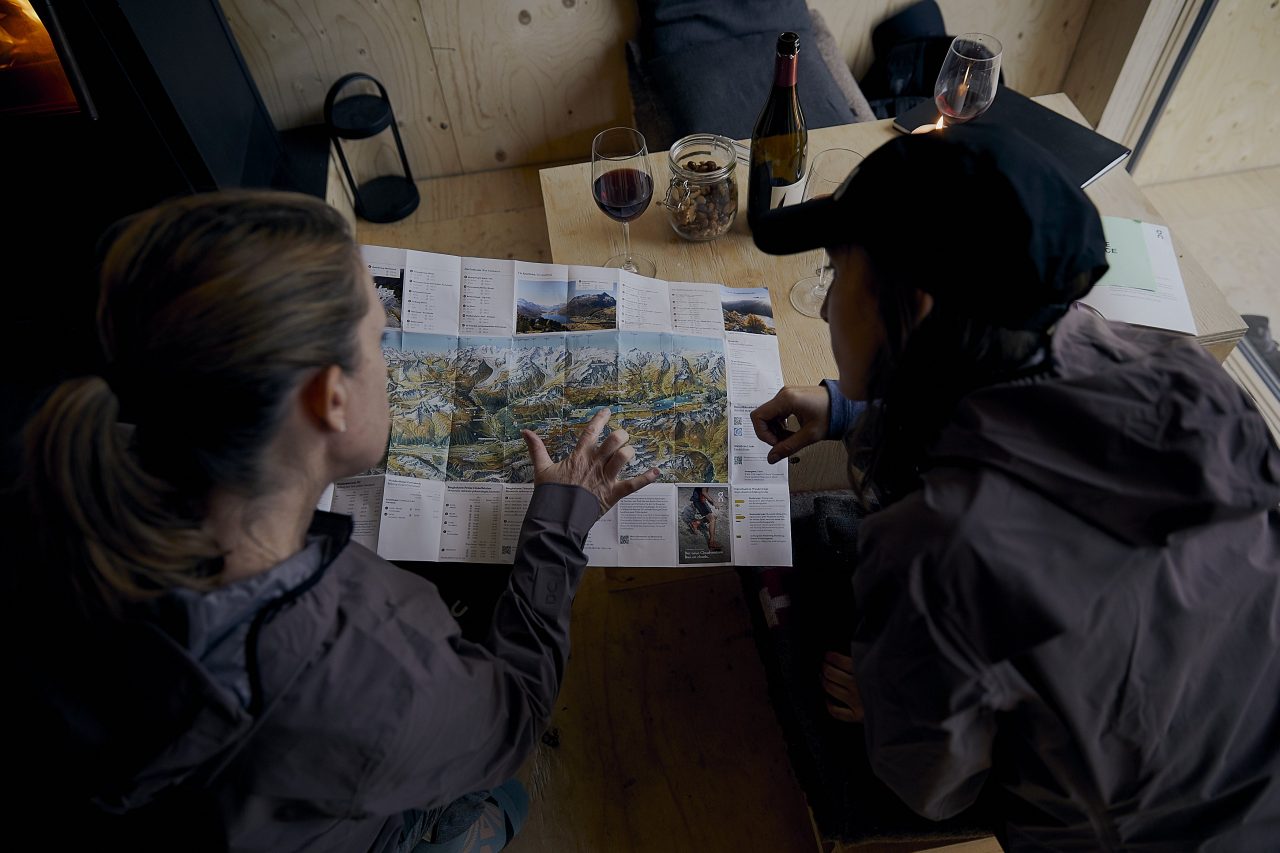
You started working with the On founders months before the brand was even born. Can you tell us more about how your relationship began?
Caspar knew me because of my projects for Swatch. I got invited to pitch against some shoe designers to design the first On shoe. I won. Probably the guy who never designed a shoe got along pretty well with the guys who never engineered a shoe!
As Head of Design at On, what is your schedule like there?
First of all I need to say: I have a fantastic team of designers supporting me, currently approximately 20 people.
I work strategically on all things product design related at On, from footwear to apparel to projects like the mountain hut. As you can imagine, given the amount of projects I am involved, I work very conceptually in the meantime and lead a lot of people. Nevertheless, it still happens from time to time that I design a product from beginning to end. Besides, I insist that I work on every single one of them anyway…
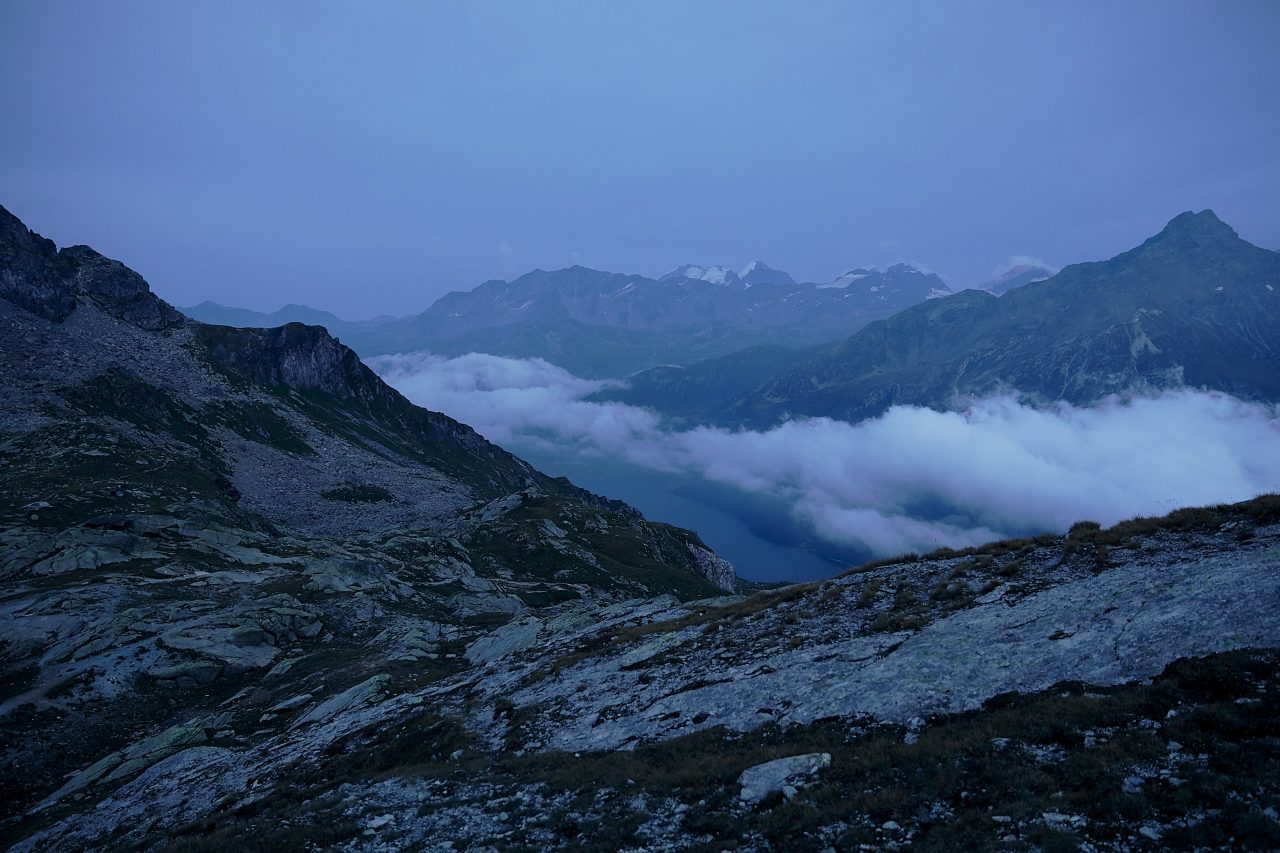
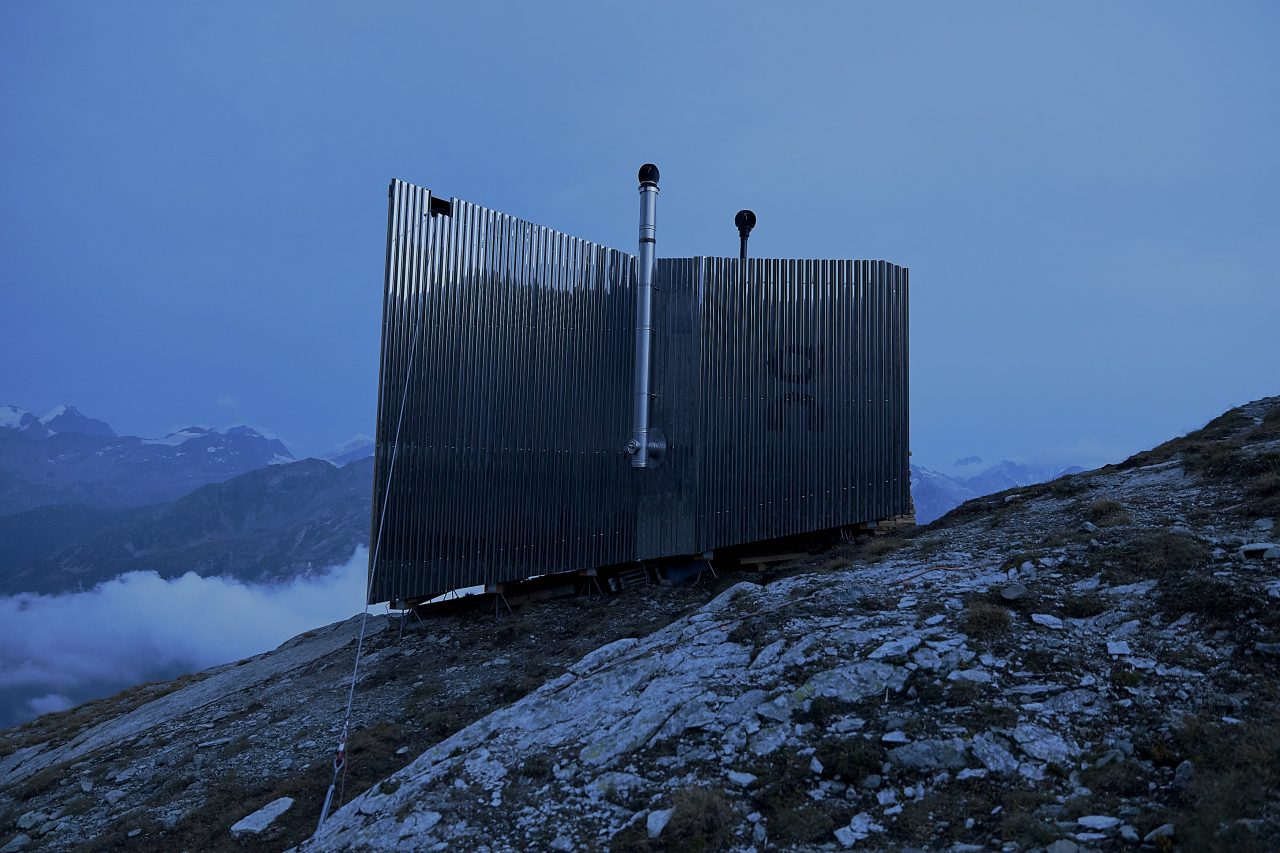
Working on the latest Cloudventure series, can you tell us more about your first trail running line?
The first trail running line for On was launched as a pilot in 2016 to find out if the CloudTec also works in the outdoors. After the initial launch we worked three years to adapt and improve the needs for the outdoors and just launched a whole new collection of trail running, racing but also speed hiking shoes. The pattern on the outsole is called “MissionGrip” and provides studs for grip and a levelled outsole for more ground contact area.
Can you tell us about your beginnings setting up your design company Brunner Mettler Co with Joerg Mettler?
I was already four years into the business as a one man show. I knew Joerg from my studies and we’ve already worked on plenty of project together. He grew out of his back-then-job and I had too many projects running to get them done alone plus I decided that it’s not fun to work alone anymore. So we set up Brunner Mettler in 2010.
What is your ultimate approach to, and attitude towards, design?
When the day comes that I can answer this question without any hesitation, then it’s time for me to look for a new job. Until then, it’s this everlasting quest which makes it so suspenseful to be a designer.
∆
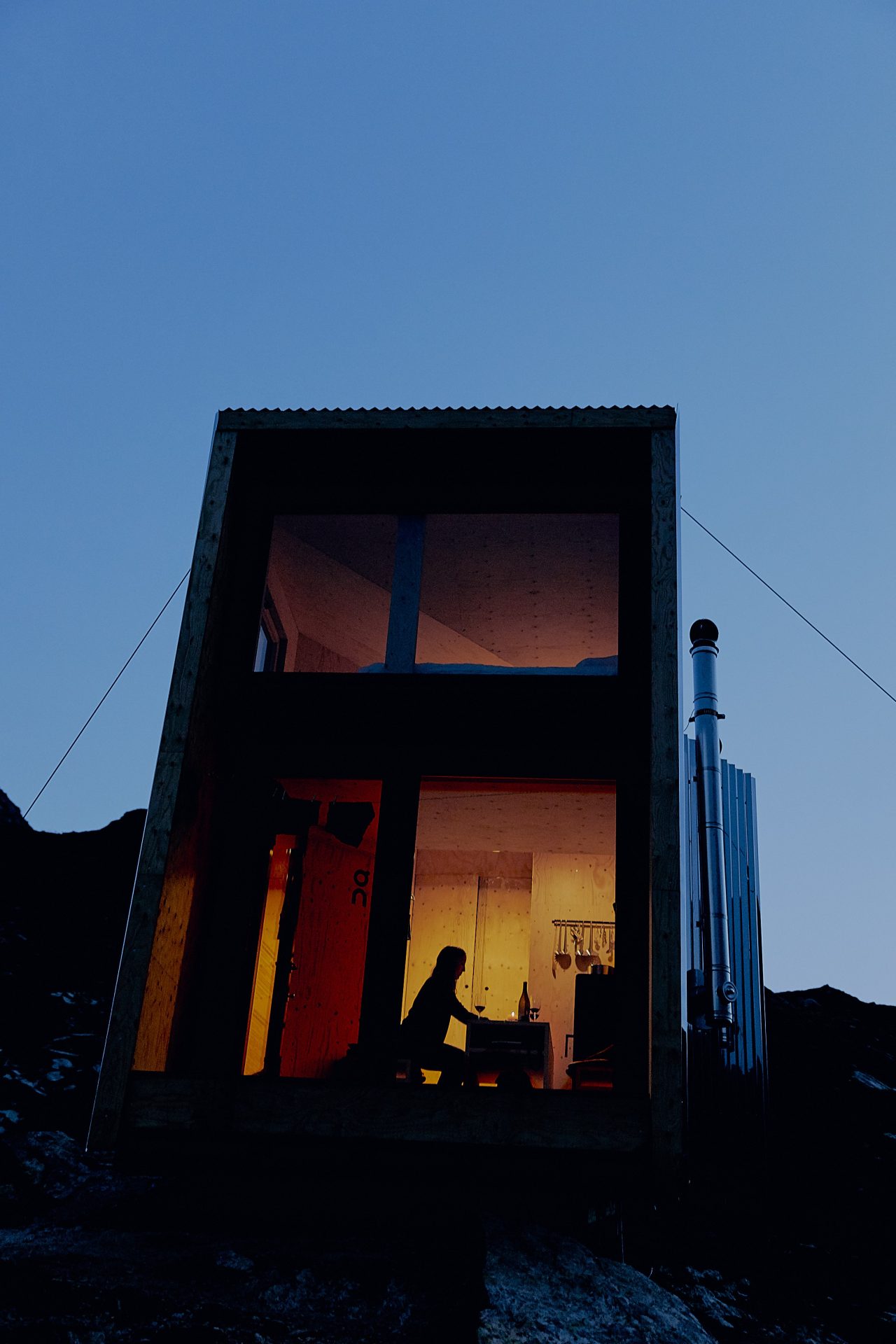
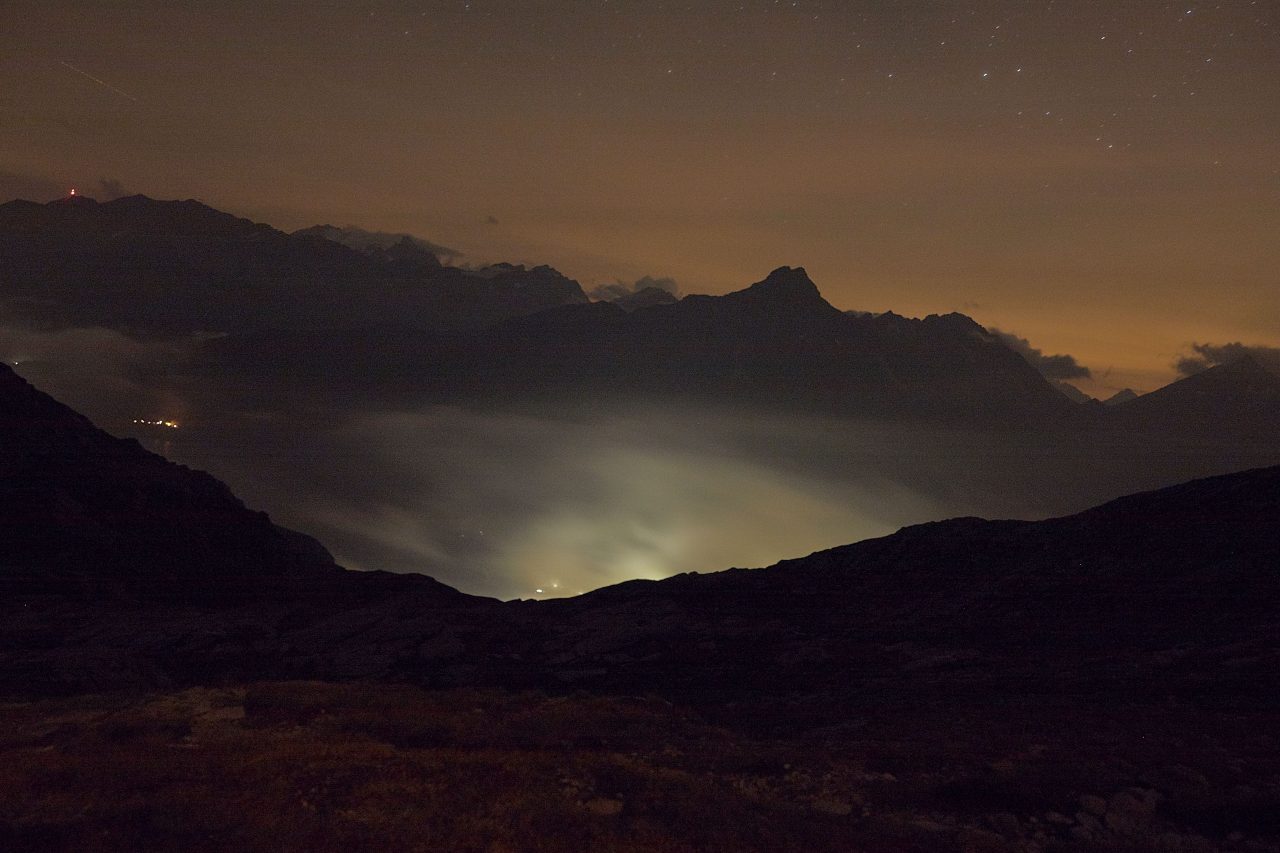
Found on Piz Lunghin in the Swiss Alps, the hut disappears after September and the mountain is restored back to its original form
Visited and written by Champ Editor-in-Chief Monique Kawecki | All images by Ben Clement
#champ_stmoritz

































